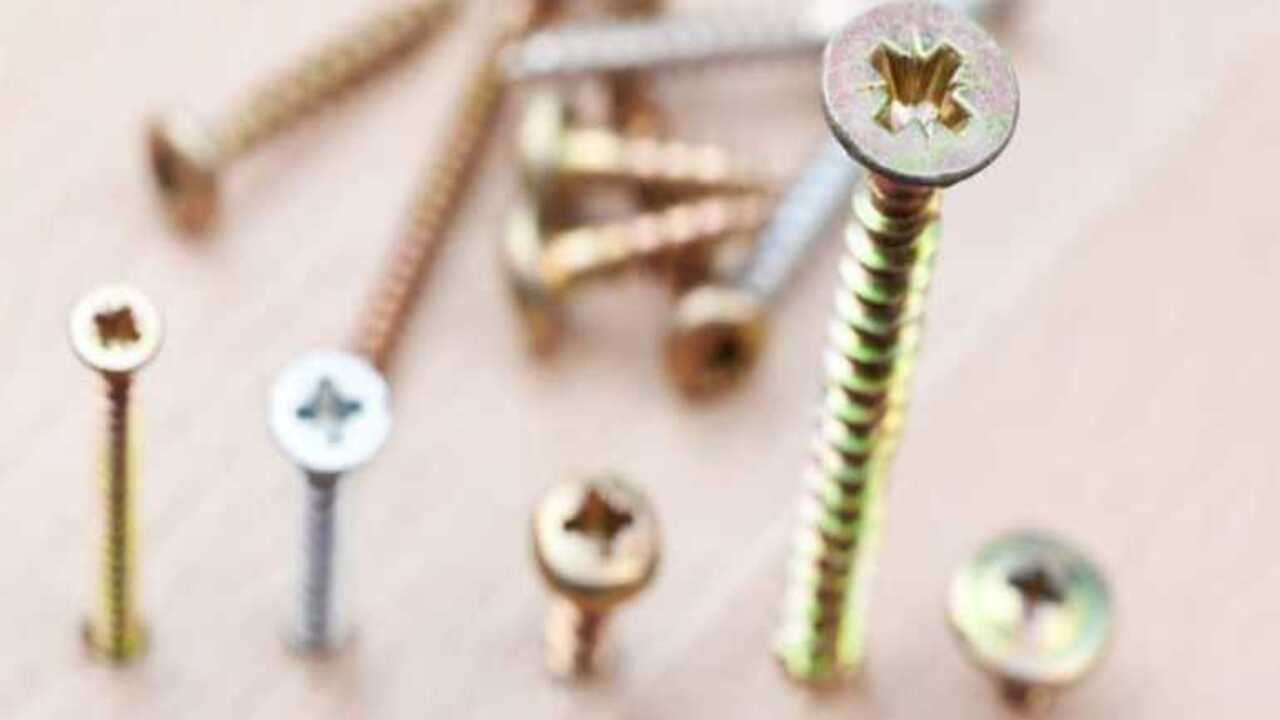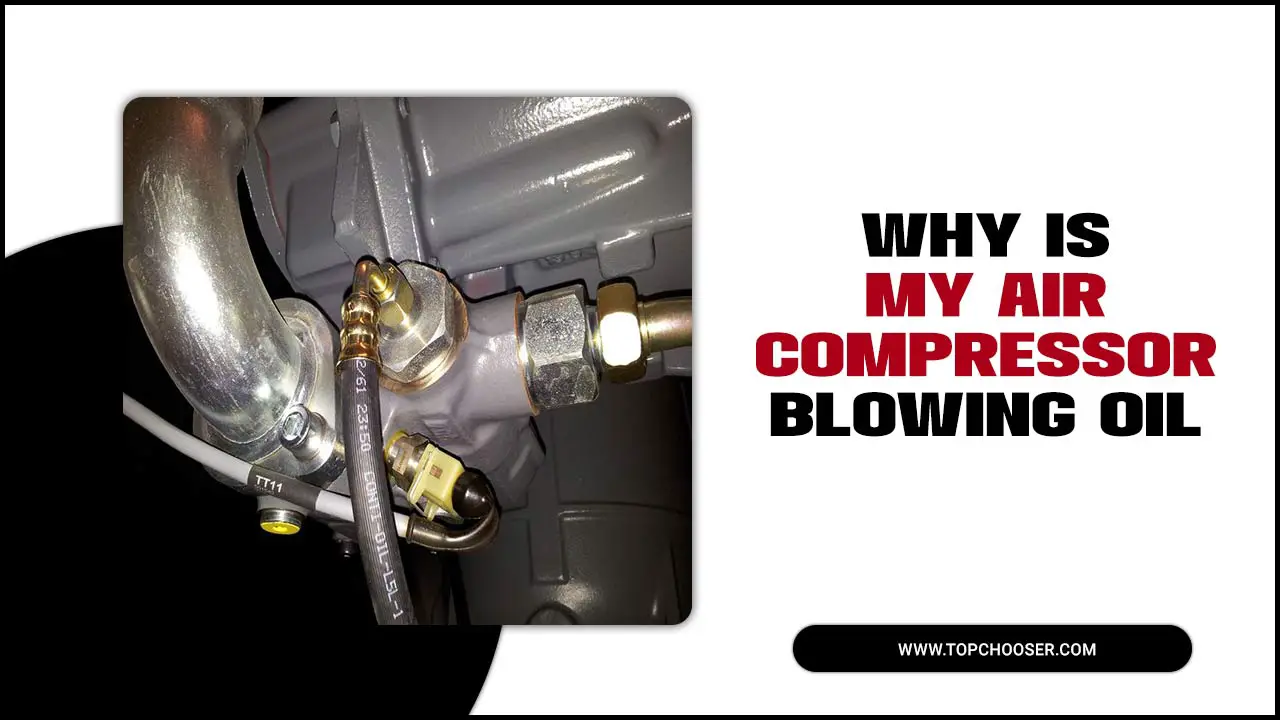Regarding home renovation, subflooring is crucial in providing a sturdy foundation for your flooring. And while many homeowners focus on the quality of the subflooring material, the length of the screws used to secure it is an equally important consideration.
The right screw length ensures a secure foundation, preventing any creaking or sagging in the flooring. However, selecting the perfect screw length can be a daunting task as there are several factors to consider, including the thickness of the subfloor, the type of flooring, and the joist spacing.
We’ll walk you through everything you need about subfloor screw length. We’ll cover the types of screws available in the market, the appropriate length for specific subflooring materials, and how to calculate the screw spacing.

Determining The Right Subfloor Screw Length

The appropriate screw length for subfloor installation is an important consideration to ensure a secure and stable foundation. The length of the screws will depend on the thickness of the subfloor material being used. In general, it is recommended to use screws that are 1 ½ to 2 inches long for ¾ inch-thick plywood or OSB subfloors.
For thicker subfloor materials, such as 1 ⅛ inch thick plywood, longer screws of 2 ½ inches may be needed to provide sufficient penetration and grip. It is essential to choose the correct screw length to prevent any movement or squeaking in the subfloor and to ensure a durable and long-lasting flooring installation.
Influence Of Screw Length On Subfloor Installation

Regarding subfloor installation, the influence of screw length cannot be underestimated. The length of the subfloor screws ensures a secure and sturdy attachment between the subfloor and the joists. Using the right screw length is essential for preventing floor squeaks and avoiding damage to the finished floor above.
It’s important to note that using screws that are too long can penetrate through the subfloor, causing potential harm to the flooring material. On the other hand, inadequate screw length can result in a weak connection that may lead to structural issues over time. To determine the appropriate screw length, it is advisable to consult the manufacturer’s recommendations and consider the subfloor’s thickness.
Considering these factors, you can choose the optimal screw length for your subfloor installation, ensuring durability and long-lasting security. So, whether you are a homeowner or a renovator, selecting the right screw and paying attention to its length is crucial for a successful subfloor installation.
How To Choose The Ideal Subfloor Screws?

When choosing the ideal subfloor screws, there are a few factors to consider. First and foremost, it’s important to choose screws that are specifically designed for subfloor installations. These screws are typically longer and stronger than regular screws and are designed to hold up to the weight and pressure of a subfloor.
Additionally, it’s important to choose screws that are the right length for your particular subfloor installation. If the screws are too short, they won’t securely hold the subfloor in place, while screws that are too long can cause the subfloor to buckle or warp.
Other factors to consider include the type of material you’re working with and the size and type of drill bit you’ll need to pre-drill the holes for the screws. Generally, it’s best to choose screws made from high-quality materials like stainless steel, which will resist corrosion and other damage over time.
Factors To Consider When Buying Subfloor Screws

When purchasing subfloor screws, there are several factors to consider. First and foremost, the length of the screws is critical in ensuring proper penetration and stability. Choosing a length that allows the screw to attach the subfloor to the floor joists securely is essential. This will prevent any potential squeaky floors or structural issues down the line.
The thickness of the subfloor material is another important consideration when selecting the screw length. Thicker subfloor materials require longer screws to ensure a secure installation. However, it is crucial to ensure that the chosen screw length does not penetrate through the top surface of the subfloor.
Consulting with a professional can be beneficial in determining the ideal subfloor screw length for your specific project. They can provide expert advice based on the type of subfloor material, the spacing between joists, and the overall moisture levels in the area.
Considering these factors will help you choose the right subfloor- screw length for your project, providing durability, stability, and long-lasting security for your flooring installation.
Practical Guide On Installing A Subfloor Using Screws

Installing a subfloor using screws requires careful consideration of various factors. One crucial aspect is selecting the right screw length. The importance of using the appropriate screw length cannot be overstated. To determine the correct length, you need to understand the thickness of your subfloor. Measure the thickness accurately to ensure a secure installation.
Additionally, choosing the right type of screw is essential. Deck screws or subfloor screws are commonly used for this purpose. When installing subfloor screws, following proper spacing and pattern guidelines is crucial. This ensures even distribution and maximum stability. A power drill or impact driver can make the process more efficient and precise. Don’t forget to consider factors like moisture and corrosion resistance when selecting screws. This ensures long-lasting durability and prevents issues like rust or deterioration.
How To Fix Squeaky Floors With Subfloor Screws?

Squeaky floors can be a nuisance, especially if you are trying to tiptoe around a sleeping baby or not disturb the downstairs neighbours. Fortunately, you can easily fix squeaky floors with subfloor screws. To start, you will need to locate the squeaky area of the floor. Once you have found the location, use a drill to remove any existing screws or nails causing the squeaking. Then, use a stud finder to locate the floor joists beneath the subfloor.
Once you have located the joist, use subfloor screws to secure the subfloor to the joist. Be sure to use screws that are long enough to penetrate through the subfloor and into the joist without going through the subfloor entirely. It is recommended to space the screws approximately 6-8 inches apart along the joist. After securing the subfloor to the joist, use wood filler to fill in any holes left from the previous screws or nails.
Conclusion
choosing the right subfloor screw length is crucial for a successful installation. The length of the screws directly affects the stability and durability of the subfloor, preventing squeaky floors and ensuring a solid foundation. Factors such as the thickness of the subfloor, the type of material used, and the presence of joists all play a role in determining the appropriate screw length.
It’s important to consider these factors and consult with experts or follow manufacturer guidelines to ensure the best results. Using the right subfloor screws, you can achieve a sturdy and long-lasting subfloor that will support your flooring and provide a comfortable and safe living space.
Frequently Asked Questions
[rank_math_rich_snippet id=”s-66818962-2e8f-4ab4-8288-74cb97b8a943″]

I am passionate about home engineering. I specialize in designing, installing, and maintaining heating, ventilation, and air conditioning systems. My goal is to help people stay comfortable in their homes all year long.








